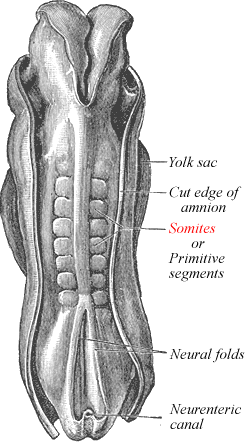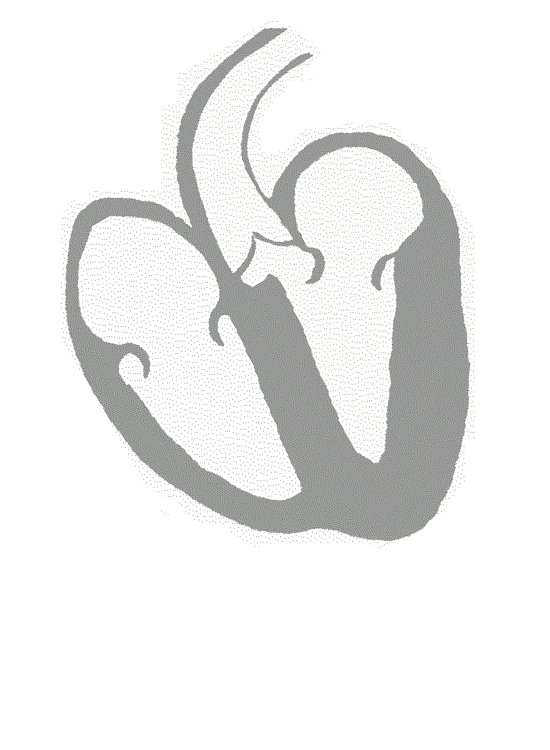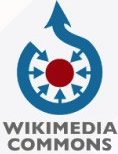| | |
::: brown text means unrevised translation or incomplete work ::
NB: the author uses the words "channel", "meridian" and "vessel" as synonyms to define the system of lines, tubes or slices transporting the undemonstrated energy called Qi (pronounce "tchi") to all parts of the body. Anyway he considers "meridian" more suitable for scientific speech and literature, also because it is already employed in other fields of knowledge as in geography and morphogenesis.
|
| Even though the embryologic explanation
we have given for the strange circle in the kidney acupuncture meridian is the most surprising of
our findings, what
we have written on this page concerns our very first scientific observation in the domain of acupuncture (2001). It showed
us that the way to demonstrate or confute the Acupuncture
Meridian System's (AMS) existence is the scientific method, which is based on
systematic observation, as the first step of the rational process to
try to answer a given question, that in our case is: "Are
acupuncture meridians physical, detectable entities?". Thanks to meticulous study of the acupuncture back-shu points,
we guessed that if the AMS exists it must correspond exactly with anatomy. Many definitions-descriptions of back-shu points in modern books mix and confound TCM knowledge with anatomical knowledge. For example,
Acupuncture, Meridian Theory And Acupuncture Points
of Prof. Li Ding says:
"The back-shu are the points on the back where "Qi" of the respective zangfu organs is
INFUSED. They are located on either side of the vertebral column, in close proximity to the spinal ganglia and their respective zangfu organs, hence the name back-shu points. Each of the zangfu organs has a back-shu point, as does the Sanjiao
[Triple
Energizer or Triple Burner or Duodenum, author's note], a total of twelve." The above-mentioned concept of Qi is too difficult to be faced in a scientific way -
we told ourselves - at the moment. It is very similar to the concept of God, so I'd better leave it alone,
per se. Nevertheless, given that according to TCM the "Qi" flows into the acupuncture meridians (together with the blood!), and these meridians have been described and depicted abundantly and equipped with points where needles are inserted, this is a field
we can cultivate. In truth, there are not only "twelve" points that have "shu"
(兪) as a suffix after the relevant organ's name, but there are 4 points above the diaphragm and 14 (plus 1 extra) below the diaphragm, a total of nineteen.
The diaphragm is taken as the reference point since it divides the thoracic and abdominal cavities. In the pictures below we can observe the morphologic and topographic
similarity between the embryo's somites chain and the acupuncture back-shu points chain (the 12 meridian organs are red, the remaining non-meridian organs grey).
It must be noted that in acupuncture maps the back is the region of the body most rich in acupuncture points.
|
 |
 |
|
 |
As drawn in the picture above, every back-shu point seems to refer to a single organ, a specific anatomical unit. So, questions arise:
"Why the Governor Vessel/Dumai meridian is the sole of
the 8 Extraordinary Meridians that is included in the back-shu points list?
Does it maybe have its own specific organ? And if so what is it?"
We discovered what it is, while we were studying a method to fix in our memory the names and positions of the back-shu points. In the picture above you see the back-shu points listed in the same way you have already seen them many times in acupuncture book tables. Like the items on the menu of a good restaurant, every back-shu point must correspond perfectly to its related organ. What is immediately evident in the picture on the right is that the organs in the thorax are arranged according to a concentric, onion-like criterion, while in the abdomen the organs are arranged according to a stack-like criterion, one on top of the other. The characteristic movement of the principal thoracic organs (lungs and heart) is that of a sponge: taking in and releasing air and blood. Pleura and pericardium help this movement by the means of negative pressure. The oesophagus is clearly not a real thoracic organ because it makes the same movement as the abdominal organs: they push something downward. Of course
we are purely focusing on the mechanical aspect of the organs physiology. Geshu (back-shu point of the diaphragm) separates the two different containers and criteria. The back-shu points of the thorax list the organs on the basis of their progressive internal position: so first you meet the skin, the ribs, the pleura (that apparently have not a point back-shu),
Feishu (the lung), then
Jueyinshu (the pericardium), then
Xinshu (the heart), then Dushu (Governor
Vessel - Dumai) and finally Geshu (the diaphragm), the base against which all organs in the thorax are leaning. Since the onion-like criterion of the thorax organs arrangement is anatomically exact, what is the organ situated within the heart that corresponds to the
Dumai back-shu point? The answer is the "electrical conduction system of the heart", with its sinoatrial
(SA) and atrioventricular (AV) nodes, its right and left bundle branches. It is the "Brain of the Heart". Sincerely we donít know if any classic or modern author has already made the same observation. In every case it is in tune with both western anatomy and the Chinese description of the
Dumai meridian path, the second branch of which "rises inside the lower abdomen, goes to the umbilicus and ascends to the heart".
|
|
click the image
below to enlarge and better study the details |
 |
|
Picture
taken from
Acupuncture, Meridian Theory And Acupuncture Points of Prof.
Li Ding,
the best described and illustrated Acupuncture Meridian System in the
books I have bought. |
So it is easier to memorize the back-shu points corresponding to thorax
organs. It is enough to remember that Feishu, the first one, is between the 3rd and the 4th thoracic vertebrae, the others come subsequently.
You only must follow the onion-like criterion:
- the Lung, Feishu BL-13 (T3-T4) wraps the
Pericardium,
- the Pericardium, Jueyinshu BL-14 (T4-T5) wraps the Heart,
- the Heart, Xinshu BL-15 (T5-T6) wraps the SA node, Governor Vessel -
Dumai;
- the Dumai, Dushu BL-16 (T6-T7) stands on the
Diaphragm, Geshu BL-17 (T7-T8).
In a certain sense the SA node "governs" the heartbeat, the primitive rhythm of life.
For this reason it can be considered the most important organ in the body, because it generates the first sound you can hear in the foetus, when the person exists
but is not yet breathing. Curiously, just below the "heartbeater",
at the end of back-shu points list of the thorax there is the "breathbeater",
Geshu BL-17 (T7-T8),
the diaphragm.
Less immediate it will be to memorize the back-shu points
corresponding to abdominal organs. In fact, as we have already said, they
are arranged according to a stack-like criterion, or one on top of the
other. Furthermore, differently from thoracic organs, whose volumes
progressively increase from inside to outside position, the volume of abdominal
organs does not follow the same arrangement criterion. |
 |
.jpg) |
Heart current
propagation: 1. node sinoatrial (sinus node) 2. internodal pathway
3. atrioventricular (A-V) node 4. atrioventricular (A-V) bundle 5.
left and right bundle branches |
 |
| normal electrocardiogram at frequency of 60 beats/min |
|
The SA node/Heart Electrics and the myocardial
muscular fibres are well represented by a Dragon Boat, like those disputing a classic race
as in the video below. According to our
findings, which result from the application of the scientific method to
acupuncture research, the drummer and coxswain at the bow and poop
midline respectively stand for the Governor Vessel Dumai (SA/AV node),
while the
double line of paddlers stand for the right and left branches of the
bladder meridian (myocardial fibres). The drummer "governs" the pace
of strokes, and the coxswain the root, together they govern the
boat. Take a look at a
dragon boat
race video.
|
 |
The heart image and animation above come from the most important resource of free images in the web. Click the logo on the left to visit the site. |
|
| |
|
home/table of contents
- previous -
next | |
